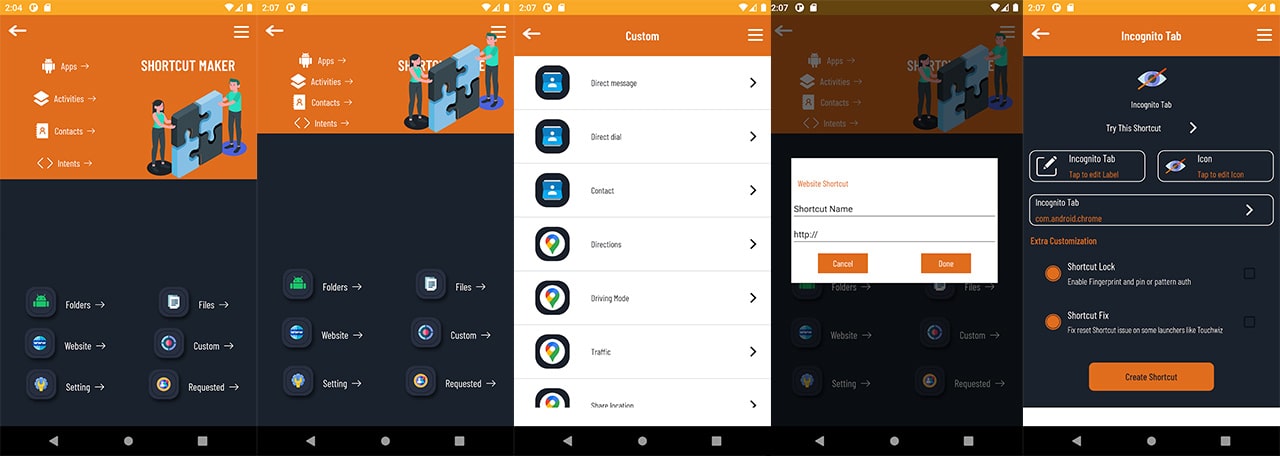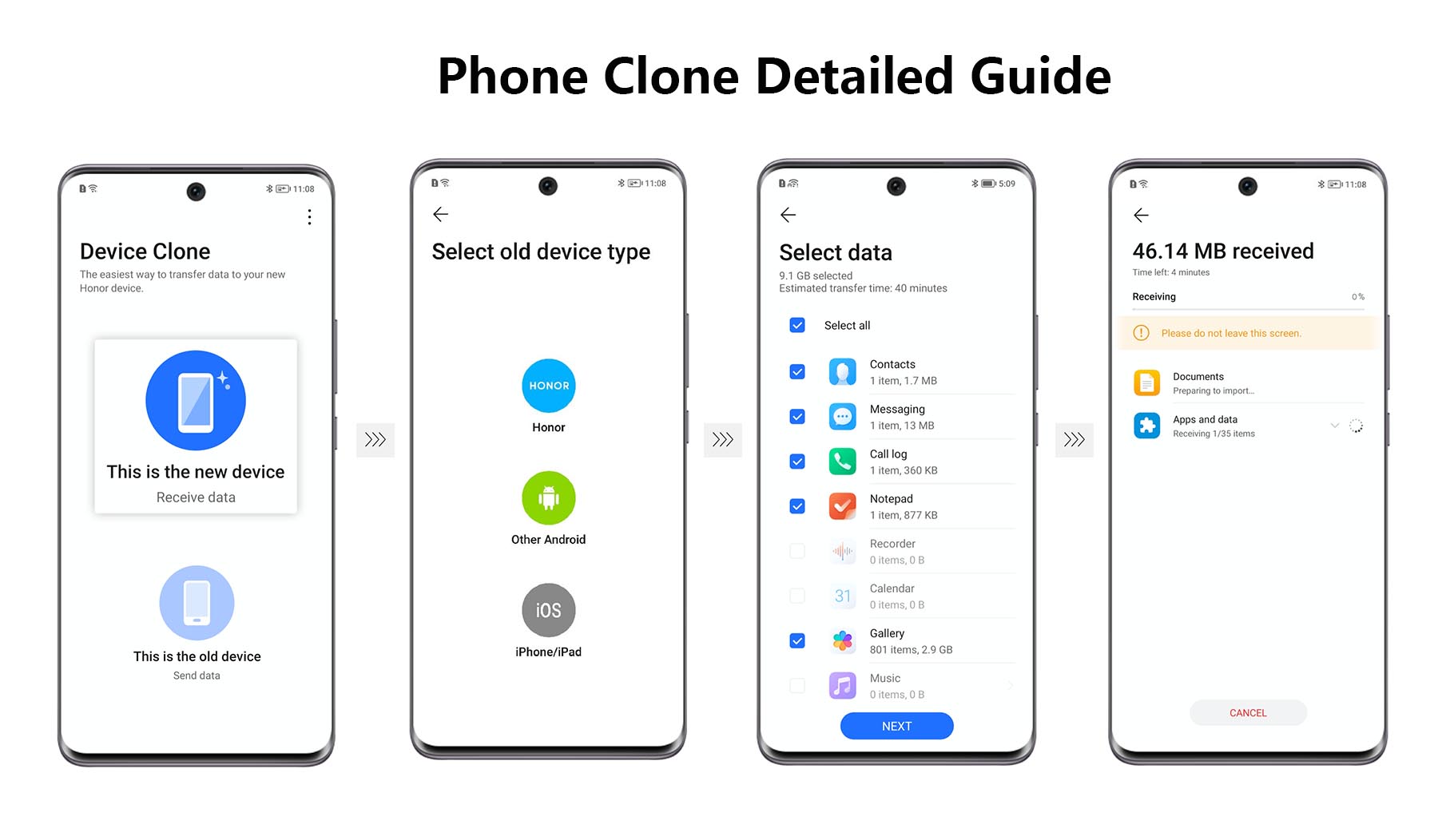Android is known for its flexibility and customization options, making it a favorite among tech enthusiasts. Magisk Manager has emerged as a popular tool that enables users to explore advanced customization options in a safe and controlled environment. This article is designed to provide an educational overview of what Magisk Manager is, how it works, and how it can serve as a learning tool for Android enthusiasts.
Disclaimer: This content is for educational purposes only. Any modifications to your device should be done responsibly and in compliance with your device manufacturer’s policies and applicable laws.
What is Magisk Manager?
Magisk Manager is a free, open-source application designed to facilitate advanced customization on Android devices. Unlike traditional tools that modify system files directly, Magisk Manager adopts a «systemless» approach, allowing changes to be made without altering critical system partitions. This ensures that modifications are reversible and maintain the stability of the device.
Key Features of Magisk Manager
- Systemless Modifications:
- Enables advanced changes without affecting system partitions, making it easier to reverse modifications if needed.
- Support for Modules:
- Offers a wide range of modules that add functionality, such as ad-blocking, performance optimization, and visual enhancements.
- OTA Compatibility:
- Modifications are designed to work seamlessly with over-the-air (OTA) system updates, preserving the functionality of the device.
- Open-Source Development:
- Developed and maintained by a community of contributors, ensuring transparency, regular updates, and enhanced security.
Why Use Magisk Manager?
Magisk Manager is ideal for those looking to learn more about the inner workings of Android. Its features and functionalities make it an excellent educational tool for exploring advanced system configurations without compromising the stability of the device.
Educational Benefits
- Learning Android Architecture: Understand how system partitions, boot images, and device firmware interact.
- Experimenting Safely: Make changes that can be easily undone, reducing the risk of permanent damage to the device.
- Customizing Responsibly: Explore new functionalities without breaching critical system security.
Practical Applications
- Testing new features using modules, such as advanced audio tools or UI tweaks.
- Exploring performance enhancements through safe, reversible modifications.
- Learning how updates and customizations coexist in a systemless environment.
How Does Magisk Manager Work?
Magisk Manager modifies the boot image instead of altering the system partition. This «systemless» method means that changes are applied in a way that doesn’t interfere with critical system files. Here’s a simplified breakdown:
- Boot Image Modification:
Magisk patches the boot image to include custom functionalities, ensuring that the core system files remain intact. - Module Management:
Users can install modules to add specific features, such as blocking ads or improving battery performance. - Reversibility:
Changes can be reverted by simply uninstalling the tool or restoring the original boot image, making the process safe and user-friendly.
How to Get Started with Magisk Manager
Note: Modifications to your device should only be made after thorough research and preparation. Always back up your data before proceeding.
Step 1: Prepare Your Device
- Enable Developer Options:
- Go to Settings > About Phone > Tap «Build Number» seven times to unlock Developer Options.
- Activate OEM Unlocking and USB Debugging:
- These options can be found in Developer Options and are necessary for advanced modifications.
Step 2: Obtain Magisk Manager
- Visit the official Magisk repository on GitHub to download the latest version of the tool and learn more about its features.
- Important: Always download software from official sources to ensure safety and authenticity.
Step 3: Unlock the Bootloader
- Most devices require an unlocked bootloader for advanced modifications. Consult your manufacturer’s guidelines for instructions, as this process varies by brand.
Step 4: Back Up Your System
- Use tools like TWRP to create a complete backup of your system. This ensures you can restore your device in case something goes wrong.
Step 5: Install Magisk Manager
- Follow the official guide provided in the GitHub repository to safely install and configure Magisk Manager.
Warnings and Precautions
Modifying your device is not without risks. Here are some essential precautions to keep in mind:
- Policy Compliance:
- Ensure that your actions comply with local regulations and the policies of your device manufacturer.
- Risk of Warranty Void:
- Unlocking the bootloader or making advanced modifications may void your device’s warranty.
- Data Backup:
- Always back up your data before making any changes to avoid potential data loss.
- Responsibility:
- This guide is for educational purposes only. All modifications are performed at your own risk.
Frequently Asked Questions
- Is Magisk Manager Safe?
Yes, as long as you use it responsibly and follow official guidelines. - Can It Be Used on Any Android Device?
Magisk Manager works on most Android devices, but some models may require additional steps or configurations. - Does It Void My Warranty?
In many cases, yes. Check your manufacturer’s warranty policy before proceeding.
Conclusion
Magisk Manager is not just a tool for Android customization—it’s an educational gateway to understanding the inner workings of Android systems. By adopting a systemless approach, it allows users to experiment safely and responsibly. Whether you’re a developer, a tech enthusiast, or simply curious about Android, Magisk Manager offers valuable insights into the world of advanced system configurations.
For more information and official resources, visit the Magisk GitHub repository. Always use the tool responsibly and for educational purposes only.




